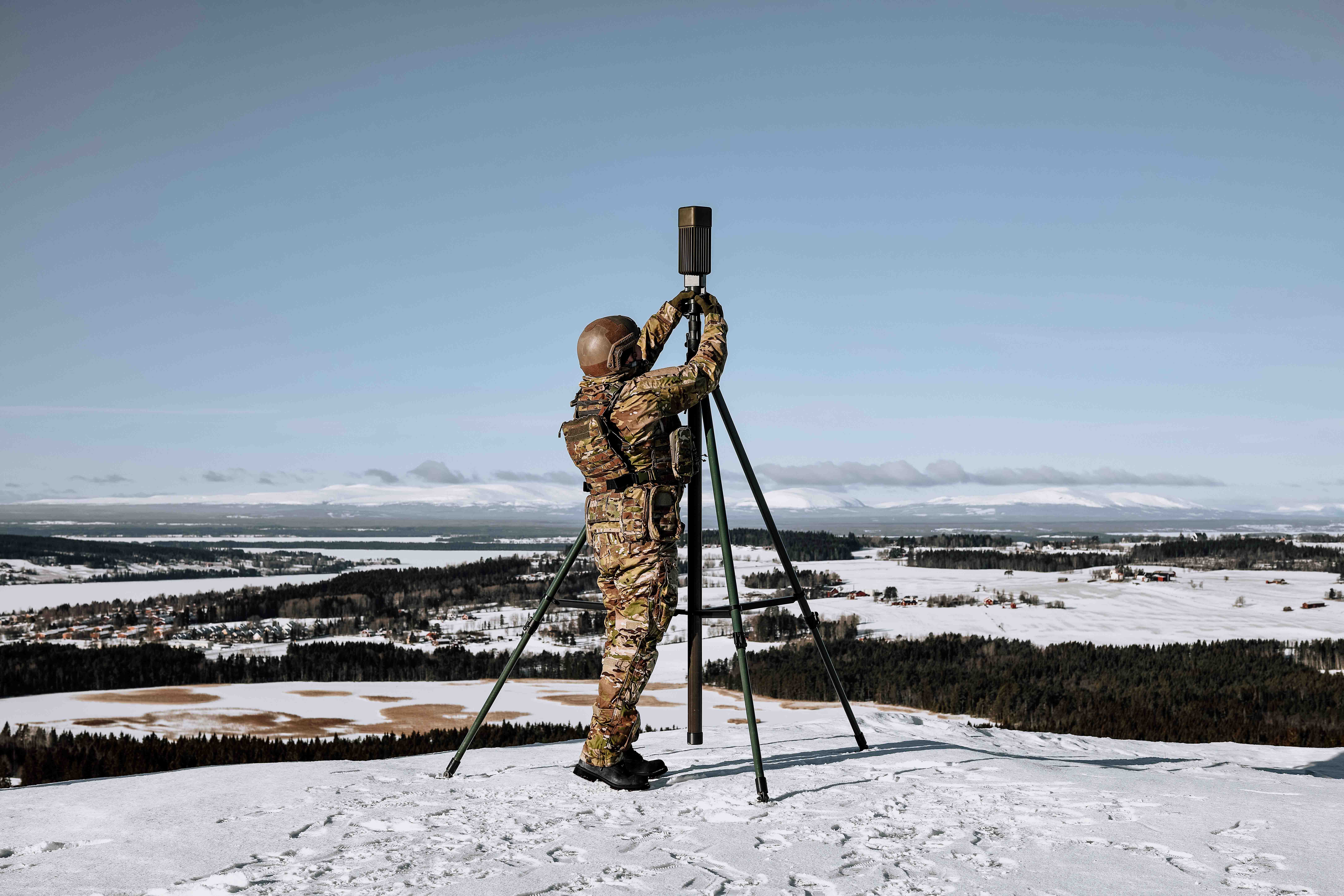ESD had the opportunity to talk to Kristiina Olsson, Director of Finance,
at the Finnish Ministry of Defence.
ESD: Can you briefly elaborate on the tasks and responsibilities of the Finance Department in the Finnish MoD?
Olsson: The Finance Department is responsible for annual defence budgets, supplementary budgets and medium-term fiscal plans. In addition, we are responsible for budget execution and reporting, like the annual reports of the Government.
ESD: What are the lessons learned from the war in Ukraine? Has the war lead to a shift in priorities for your area of responsibility?
Olsson: In my area of responsibility, the war in Ukraine has led to a higher defence budget as Finland is improving the country’s defensive capabilities. I took part in the swift process, in the scope of which the budget proposals of the Finnish defence forces were presented as government budget proposals and were later approved by the Finnish Parliament.
ESD: Has the Finnish MoD identified any new areas for priority spending? Are any spending areas now seen as less important?
Olsson: The spending priorities are made by Finnish defence forces as they are responsible for planning of the defence system.
ESD: What do you expect to be the economic impact of your country becoming a NATO member?
Olsson: Currently Finland meets the NATO guideline of spending 2 per cent of its GDP on defence, as well as the guideline of spending 20 per cent on equipment and materiel procurement. During the 2020s, the 2 per cent GDP level is partly based on payments in the scope the F-35 procurement. As the F-35 payments are expected to decline in the late 2020s, the 2 per cent goal will require a new political budget decision.
ESD: What does the 2023 draft budget for the Finnish MoD look like? We understand that you expect significant increases in the funds assigned for procurement and operation.
Olsson: The 2023 draft budget for the Ministry of Defence’s branch of the Government is €6.1 Bn, representing an increase of €1Bn or 20% compared to the current budget. The figure can be explained by a general growth of the defence forces’ operating expenditures, in the area of defence materiel procurement and in support for the activities of national defence organisations. The increase is to respond to the changes in the defence forces’ operating environment. The budget also includes an estimated exchange rate loss of F-35 procurement.
The budgetary increase would reinforce Finland’s defence capability by adding 500 person-years to the Defence Forces personnel capacity in the next few years, by increasing the number of reservists called up for refresher training exercises by approximately 10,000 people, and by improving the level of materiel maintenance.
For longer-term materiel procurements, a procurement authorisation of approximately €1.7Bn was approved by the Parliament for acquisitions to improve defence capabilities in the 2022 to 2027 timeframe. The execution of the procurement authorisation maintains the level of the budget for 2023. The funding will be used to purchase anti-tank and anti-aircraft weapons, personal equipment, artillery ammunition, field maintenance materiel, and anti-ship missiles and air defence missiles, among other things.
ESD: Compared to other European nations Finland’s defensive capabilities are based on a huge number of civilian reservists. What effect does that have on procurement objectives and budget planning? Can you elaborate on the procedures for the “procurement” of infrastructure, namely bunkers?
Olsson: The spending structure is different in a defence system based in compulsory military service compared to other solutions. Generally, the planning system of Finnish defence forces defines the procurement objectives and that is reflected by the budget planning.
The questions were asked by
Jürgen Hensel and Mark Cazalet.



![Connect-4 The European Super RAP developed by NATO’s ACCS is shared with NATO’s Allied Air Command headquarters in Ramstein, western Germany. Two CAOCS, controlling NATO airspace above northern and southern Europe, generate these RAPs. [NATO]](https://euro-sd.com/wp-content/uploads/2025/06/NATO-Allied-Air-Command-NATO-Kopie-218x150.jpg)







